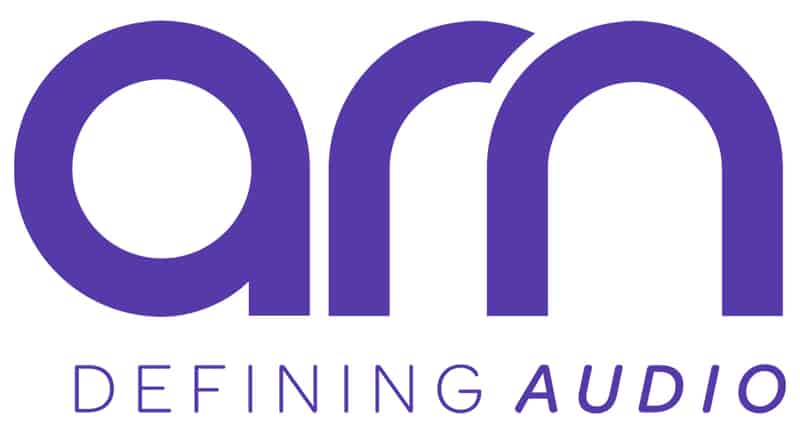Rules of engagement: How does radio deal with news disconnection?

How many times have you heard a friend or relative say “I don’t listen to the news. It’s too depressing” ?
Not wanting to feel dragged down by the troubles of the world, they actively choose to give television and radio news a wide berth.
Avoiding the news is nothing new.
But feeling disconnected from news is a different beast altogether.
News organisations like Reuters believe a key challenge facing the news industry in 2024 is an increase in what is referred to as ‘news disconnection,’ especially among young people.
They might still listen, but they don’t engage with radio news in its traditional form.
Which begs the question: What format do they engage with? Social media? News podcasts?
And how do we get them to reconnect with radio news?
4BC Breakfast newsreader and radio all-rounder Steve Barker believes news directors need to drop the old ‘if it bleeds, it leads’ mentality.
“John and Mary Listener, in my opinion, would stop turning news off and start tuning in, if we presented more positive stories and kept the doom and gloom and petty crime crap to a brief summary at the end.”
“And I base all this from chatting with three people and my gut feel.”
One current Australian radio broadcaster questions whether news is losing its commanding presence and becoming background noise.
“God knows, even some on-air presenters don’t listen to their own news, if the number of times I hear a host repeat a news story after the actual news bulletin is anything to go by.”
“Yet, the host presents the story as if he or she is the one breaking it.”
As resources shrink, this person notes that radio news does an excellent job of maintaining its service.
The difference today is that radio newsrooms must compete with the news breakers on social media.
“The question is, do content directors want to fix that with up-to-date, properly resourced news or continue to source ‘news’ from another city or state?”
Former 3KZ Melbourne News Director Michael Lynch notes that fifty years ago, the 6pm television news was mandatory viewing.
“But that was then, this is now – a technological age in which viewing of the nightly news bulletin has for many people been partially or completely supplanted by the myriad social media news platforms.”
“The emergence and continued growth of these online streaming services is not so much creating a news disconnection but more a reinvention of the way in which we obtain the news.”
“At the touch of a few keystrokes, via the immediacy of a Google or Facebook search, we are able to select the stories that interest us, be that coverage of the Eras Tour of Taylor Swift, the Gaza and Ukraine wars, Donald Trump or the US Primaries.”
A report titled Journalism, Media and Technology Trends and Predictions 2024 delves into the latest trends within the news and media space.
More than 300 editors and digital leaders from 56 countries and territories were asked about the major trends and challenges they expect to face this year.
Nearly half of them said they were confident about the prospects for journalism in the year ahead.
Fuelling this optimism were upcoming mega sporting events such as the Paris Olympics and elections across several major democracies.
These, they believe, have great potential for boosting engagement and consumption of news.
But 12% expressed low confidence for 2024, with rising costs, declining advertising revenue, and lagging subscription growth among the major concerns.
A particular worry is a sharp decline in referrals from social media sites.
Data cited in the report reveals traffic to news sites from Facebook fell by almost half in 2023. Traffic from X/Twitter was down 27% and Instagram 10%.
A key issue cited was the removal of headlines from publisher posts on X/Twitter, making it more difficult to distinguish them from other content sources.
One editor observed “Both Facebook and X/Twitter as a place for traffic – or even news consumption – are pretty much dead for news organisations in India.”
Publishers believe the best way to engage next-generation audiences is to lift their game in short-form video.
This might include focusing on in-depth human interest stories, including ready-to-publish video on topics important to the demographic, like climate change.
That means driving more referrals from WhatsApp, LinkedIn and relatively new sources of traffic such as Google Discover.
The report also found the growing integration of Artificial Intelligence in search engines – especially SGE (Search Generative Experiences) – is adding to the problem of declining referral traffic.
This is because it gives direct answers to queries, rather than provide the traditional list of links to websites.
The study notes that “a proliferation of conversational AI assistants built into computers, mobile phones, and even cars will change the way we discover content of all types.”


